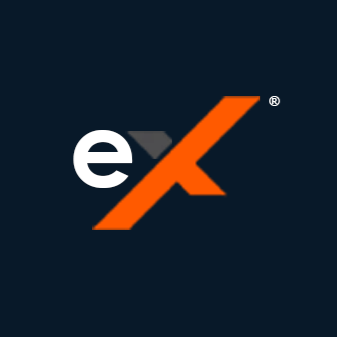LEARNING OUTCOME 2
Determining Your Computer System Model
Knowing your computer's model is essential for finding correct drivers, checking compatibility, or seeking technical support. Here are several reliable ways to find this information on Windows.
Using the System Information App
- Press the Windows Key + S to open the search bar.
- Type
System Informationand select the app from the results. - In the window that appears, look for the "System Model" entry. This provides the manufacturer and exact model name of your computer.
Using the Command Prompt
- Open Command Prompt by searching for "cmd" in the Start Menu.
- Type the following command and press Enter:
wmic csproduct get name - The model name of your computer will be displayed directly in the terminal.
Using Windows PowerShell
- Open PowerShell by searching for it in the Start Menu.
- Type the following command and press Enter:
Get-WmiObject Win32_ComputerSystemProduct | Select-Object Name - This command will also display the model name of your computer.
Essential Command Prompt Codes
The Command Prompt is a powerful tool for managing files and navigating your system. Here are some fundamental commands:
- Navigation:
cd <directory>: Change to a specified directory (e.g.,cd Documents).cd ..: Move up one directory level.cd\: Return to the root directory of the current drive.
- File and Directory Listing:
dir: Lists all files and folders in the current directory.dir /s: Lists contents of the current directory and all its subdirectories.
- File Management:
copy <source> <destination>: Copies a file.move <source> <destination>: Moves a file.ren <old_name> <new_name>: Renames a file.del <filename>: Deletes a file. Use with caution.
- Directory Management:
mkdir <directory>: Creates a new directory.rmdir <directory>: Removes an empty directory.
- Disk Management:
format <drive_letter>:: Formats a drive. WARNING: This erases all data on the drive.
The Data Processing Cycle
The data processing cycle describes the sequence of steps a computer takes to convert raw data into meaningful information. It consists of four key stages:
- Input: Data is entered into the system using input devices like keyboards, mice, or scanners. This is the collection phase.
- Processing: The CPU manipulates the raw input data according to program instructions. This is where calculations, comparisons, and transformations occur.
- Output: The processed information is presented to the user through output devices like monitors, printers, or speakers.
- Storage: The processed data or the original input is saved for future use on storage devices like SSDs or HDDs.
Interconnection Structures
Interconnection structures are the pathways that connect a computer's main components (CPU, memory, I/O modules). The design of these structures dictates system performance and scalability.
Bus-Based Interconnection
A bus is a shared communication pathway. All components connect to a single bus to exchange data. It is a simple and cost-effective design but can become a bottleneck as the number of devices increases, because only one device can transmit data at a time.
- Data Lines: Carry the data between modules.
- Address Lines: Specify the source or destination of the data.
- Control Lines: Transmit command and timing information.
Point-to-Point Interconnection
This modern approach uses dedicated, direct connections between components. For example, a CPU might have a direct link to a memory controller and separate links to I/O controllers. This eliminates the bus bottleneck, providing higher bandwidth and lower latency, which is crucial for high-performance systems.
Data Representation and Number Systems
Computers represent all data—numbers, text, images—using the binary number system. However, for human readability, other number systems are often used as shorthand.
| Number System | Base | Digits Used | Example |
|---|---|---|---|
| Decimal | 10 | 0-9 | 321 |
| Binary | 2 | 0, 1 | 101101 |
| Octal | 8 | 0-7 | 471 |
| Hexadecimal | 16 | 0-9, A-F | B7F |
Number System Conversions
Understanding how to convert between these systems is a fundamental skill in computing.
- Decimal to Binary: Use the method of repeated division by 2. Divide the decimal number by 2, record the remainder, and continue dividing the quotient until it becomes 0. The binary number is the sequence of remainders read from bottom to top. For example, decimal 23 is 10111 in binary.
- Binary to Decimal: Multiply each binary digit by its corresponding power of 2 (starting from 20 on the right) and sum the results. For example, binary 10111 is (1*16) + (0*8) + (1*4) + (1*2) + (1*1) = 23 in decimal.
- Decimal to Hexadecimal: Use repeated division by 16. Remainders from 10 to 15 are represented by letters A to F. For example, decimal 287 is 11F in hexadecimal (287 ÷ 16 = 17 R 15 (F); 17 ÷ 16 = 1 R 1; 1 ÷ 16 = 0 R 1).
- Hexadecimal to Decimal: Multiply each hex digit by its corresponding power of 16 and sum the results. For example, 11F is (1*256) + (1*16) + (15*1) = 287 in decimal.
